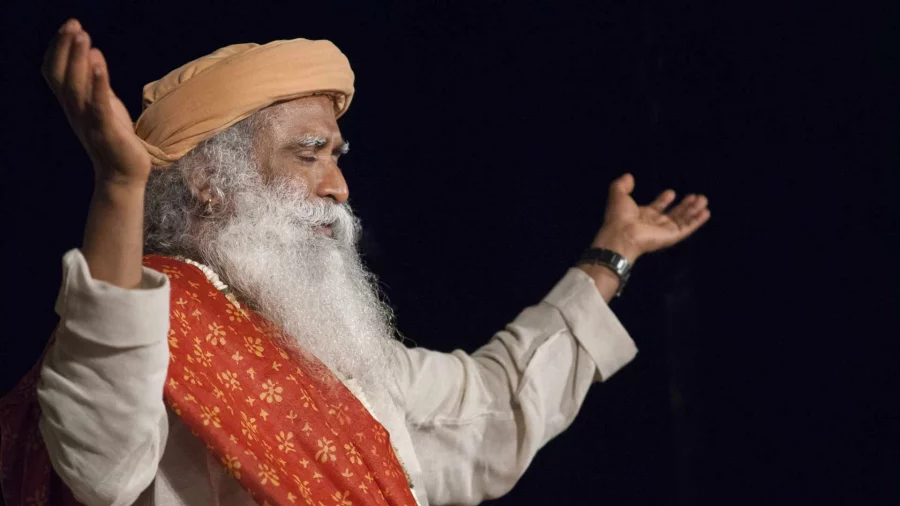How The Mind Creates Distraction
When we’re distracted, Patanjali says, our bodies let us know. We may experience distress, despair, trembling, and disturbed breathing—all symptoms of mental distraction. You may recognize these as symptoms of anxiety or depression.
For millions of people, the stresses of modern life result in distraction from a more meaningful way of living. We feel distressed, hopeless, and anxious when the balance shifts and we find ourselves going through life without focus or presence.
We may turn to medication, including self-medication with alcohol, drugs, and lashing out at others (to name a few). But what if there was a healthier way to deal with the symptoms of distraction?
When we recognize the cause of these symptoms, we can begin to fix the problem by working with the mind. Instead of allowing the mind to distract us, we can yoke it and use it to return to ourselves. Then the symptoms will begin to fade.
Returning From Distraction to Ourselves
But often we misunderstand what returning to ourselves means. When we first experience symptoms of mental distraction, we may not look deeply to the root of our distress. We may believe the fix is to return to aspirations like career success, finding a relationship, or reaching another goal that our egos desire.
There’s nothing wrong with a healthy ego that enjoys this life. But the real threat of the distractions of the mind is not losing those things. It’s losing sight of our true selves. For many of us, the things we believe will make us happy are already distractions.
When we experience the symptoms of distraction as anxiety or depression, we may seek counseling or coaching intended to return our focus to things like boosting our self-esteem or focusing on our goals.
But we’re rarely coached to give up attachments and seek union with the divine, which is the goal of yoga.
Symptoms of Mental Distraction: A Yogi’s View
Patanjali knew the symptoms of mental distraction occur not because we can’t focus on getting what we want out of life but because we want the wrong things. When anxiety and depression take over our lives, do we suspect a spiritual cause? Or do we focus on improving our relationships, understanding our childhood wounds, or increasing our self-esteem?
We may get a better job, make more friends, find a mate, start a family, get fit, lose weight—whatever. But the symptoms of mental distraction Patanjali identified return. So maybe we switch medications or therapists, or we find better friends or change careers.
Everything is great—until it’s not again.
Patanjali had a different remedy for the symptoms of mental distraction. His solution, of course, is path of yoga. So, what does a yogi do when he or she is distressed, feeling despair, trembling, or having trouble breathing?
Focus.
In the sutra 1.32, Patanjali tells yogis to concentrate on a single subject to overcome roadblocks to enlightenment and the symptoms that accompany them.
We call this practice meditation.
Beyond Symptom Relief With Yoga
We know meditation can help alleviate the symptoms of anxiety and depression. A regular meditation practice will help calm the body, steady the breath, and reduce mental agitation.
But it’s not enough to alleviate the symptoms of mental distraction, because they will return. Meditation is part of the whole yogic path. Staying on the path is the surest way to keep mental distraction and the symptoms it produces at bay.
We won’t find a permanent solution to distraction as long as we inhabit our human bodies. But we can understand how the mind distracts us and stay focused on our goal as yogis. The goal, remember, is not to have a better place in this world. It’s samadhi—union with God—a state of being beyond this world (even — and this important — while we remain in it). Dedication to the yogic path doesn’t mean we can’t enjoy life. As Reverend Carrera says, “The moral is not: don’t have pets, a business, or a spouse; it’s: always keep your eye on your goal.”
Would you like to explore more yoga topics in depth—perhaps with a group of yoga friends? Get your copy of Yoga Circles, A Guide to Creating Community off the Mat. You’ll find lots of topics and activities for living the yoga lifestyle and enjoying time with like-minded yogis! Click here to order!
